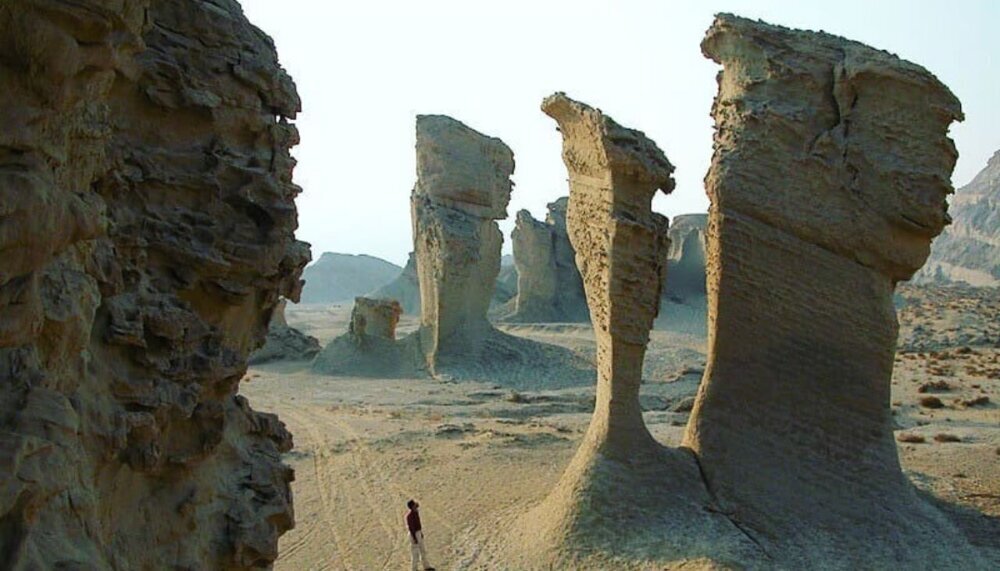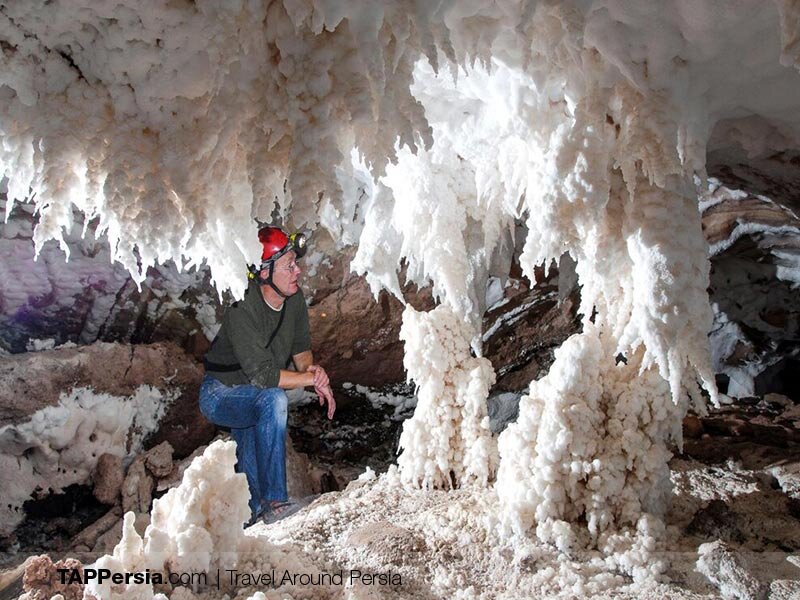From salt domes to sand sculptures: Iran’s geological gems await

TEHRAN – Imagine exploring a land where geological wonders stand shoulder to shoulder with some of the most renowned natural sites in the world.
In Iran, two extraordinary geosites, the Namakdan Salt Cave on Qeshm Island and the Kaluts of the UNESCO-listed Lut Desert, offer just such an experience.
As part of the elite group of the world’s top 100 geological heritage sites, identified by the International Union of Geological Sciences (IUGS), these locations captivate visitors with their breathtaking beauty and scientific significance.
Many tour operators believe these sites are more than just natural landmarks, saying they are destinations that reflect their stories of millions of years.
It is amazing to witness awe-inspiring salt formations of the Namakdan Cave or stand in the shadow of the towering yardangs that are the longest and most continuous of their kind on Earth, according to a visitor.
A remarkable achievement
Alireza Amrikazemi, a member of the UNESCO Global Geoparks Council, recently spoke to ISNA about this remarkable achievement. He explained that the IUGS has undertaken an initiative to identify and list the world’s top geological sites. “We proposed two sites from Iran, and they were both successful in the evaluations and defenses,” said Amrikazemi.
“These two sites were selected among the top 100 sites globally from hundreds of entries submitted by 180 countries.”
According to Amrikazemi, the proposal for the Namakdan Salt Cave and the Lut Desert Kaluts was submitted to the IUGS in 2021, in collaboration with various professors and experts. “It is a significant achievement for Iran to have these two sites listed alongside renowned geological wonders such as the Grand Canyon in the United States and Pamukkale in Turkey,” he noted.
The expert underlined that the selection process was rigorous, with input from 89 specialists and researchers worldwide, further highlighting the importance and uniqueness of these sites.
Moreover, he underscored the importance of protecting these sites, noting that their global recognition comes with the responsibility of ensuring their conservation and sustainable management. “These sites are not only important for their geological significance but also for their potential to attract tourists and contribute to local and national economies.”
Salty marvels
The Namakdan Salt Cave, located on Qeshm Island, is considered one of the most unique and typological salt domes globally by many geologists specializing in tectonics and geological structures.
Amrikazemi highlighted the importance of these salt domes, explaining that there are approximately 250 salt domes in southern Iran, which are considered exceptional both in number and type. “Each of these salt domes has its own unique features, including salt glaciers, salt marshes, salt caves, dolines, and salt karst formations,” he added.
The Namakdan Salt Cave, with its mesmerizing salt formations, offers a unique landscape for visitors and is a key attraction for geo-tourists. The cave is also considered significant for its geological and educational value, providing insights into the earth’s geological processes and the formation of salt domes over millions of years. According to Amrikazemi, the inclusion of the Namakdan Salt Cave in the IUGS list will help raise awareness about the importance of preserving such unique geological sites and attract more tourists interested in geology and natural wonders.
Majestic yardangs
In the Lut Desert, kaluts, mostly situated in the Shahdad region of Kerman province, have been formed by the action of hydro-aeolian processes in lacustrine strata consisting of silt, clay and silty clay with intercalation of salt and gypsum.
According to the IUGS, the Kaluts are the highest, longest, and most continuous yardangs in the world.

These unique geological formations create an otherworldly landscape that has fascinated visitors and researchers alike.
Many travel insiders say those Kaluts have widely been described as a testament to Iran’s rich geological diversity, offering a rare opportunity to witness the effects of wind erosion on an unparalleled scale.
Iran’s geological heritage invites the world to discover its hidden gems and marvel at its unparalleled landscapes.
AM
Leave a Comment